|
|
|
Alma Edizioni (Alma Italy)

|
Un sillabo completo ed esauriente per la programmazione dei corsi, la definizione dei livelli di competenza e dei contenuti dell'offerta didattica, secondo le linee guida indicate dalla Società Dante Alighieri, il più importante e prestigioso Ente di promozione della lingua italiana nel mondo. È un testo di riferimento flessibile e facilmente adattabile ai bisogni dei destinatari di ogni tipo di corso e ai diversi contesti di insegnamento. Non si rivolge pertanto solo agli insegnanti della Società Dante Alighieri, ma si configura come uno strumento di lavoro indispensabile per tutti i docenti di italiano L2/LS. |
|
Учебник является главным компонентом курса и включает в себя уроки для работы в классе и домашние упражнения, видеокурс, грамматику, тесты, ключи к видеокурсу и упражнениям. Вложенный в учебник мультимедийный DVD содержит все аудиофайлы к урокам и упражнениям, эпизоды видеокурса и видеограмматики. Те же аудиофайлы также доступны на отдельно поставляемом Аудио CD. |
|
NUOVO Espresso 3 è il terzo volume del corso e si rivolge a studenti intermedi. ... in parallelo l'andamento delle corrispondenti lezioni del libro dello studente ISBN-13: 978-8861823389 |
|
Ambaraba is a course of Italian for primary school children (6-10 years old). The course has been experimented for years by the Pedagogical Institute of Bolzano and can be used both abroad with foreign children or in Italy with mono or multi language speaking classes. The methodological and didactic approach characterize Ambaraba as having: — the richness and variety of language inputs that delineate a learning itinerary for the children who are continuously exposed to authentic language; — the great attention given to oral skills and in particular listening comprehension skills — thanks to the countless audio materials and the original songs composed and performed by professional musicians; — the accent given to the interactive aspect of learning and to cooperative learning, with the systematic offer of production or comprehension activities to be performed in pairs of groups; — the attention to the children’s physical and multisensorial involvement, through Total Physical Response techniques; — the use of clear, vivacious and immediate drawings that continuously interact with the text and stimulate imagination while reinforcing vocabulary use and comprehension. Ambaraba 3 is for third grade children and includes: — a student books. — the exercises books. — a teacher’s guide. — 2 AudioCD, one with all the original songs and one for oral comprehension. |
|
Espresso is a three-volume course book for beginner (1), intermediate (2) and advanced (3) students. |
|
Espresso 2 is for intermediate students and includes teaching material for approximately 90 hours of class (plus homework exercises). This new updated edition is structured as follows: — 10 didactic units (student's book). — 10 chapters of exercises (workbook). — 4 units (Facciamo il punto) of educational review games, cultural insight (Caffe culturale) and self-evaluation (Bilancio). — 1 section of supplementary materials (Qualcosa in piu). — a systematic grammar section. — a glossary. • a comparison chart between abilities corresponding to A2 reference level as set by the Common European Framework of Reference for Languages and contents of Espresso 2. • exercise keys. AudioCD includes: — conversations based on naturally spoken language. — exercises on inflexion and pronunciation. |
|
The text consists of 10 lessons, and it is designed for users of Espresso 1. The activities are, in fact set out, to run alongside the corresponding course book units. The purpose of the test is to consolidate structures and vocabulary learnt in the corresponding lessons of Espresso 1 and to allow the student to assess the progress made. Various types of exercises are presented, including completion exercises, exercises to promote grammatical reflection, transformation, application of communicative functions, question and answer activities, crosswords, filling in tables etc. The exercises are designed for individual work and the solutions provided in the appendix give students the opportunity to check their answers. |
|
The text consists of 10 lessons, and it is designed for users of Espresso 2. The activities are, in fact set out, to run alongside the corresponding course book units. The purpose of the test is to consolidate structures and vocabulary learnt in the corresponding lessons of Espresso 2 and to allow the student to assess the progress made. Various types of exercises are presented, including completion exercises, exercises to promote grammatical reflection, transformation, application of communicative functions, question and answer activities, crosswords, filling in tables etc. The exercises are designed for individual work and the solutions provided in the appendix give students the opportunity to check their answers. |
|
Questo libro, composto di 10 lezioni, è pensato per gli utenti di Espresso 3. La scansione delle attività, infatti, segue di pari passo l’andamento delle corrispondenti unità del manuale. Funzione di queste pagine è quella di consolidare strutture e lessico appresi nel corso della corrispondente lezione di Espresso 3 e di permettere allo studente di valutare i progressi fatti. La tipologia degli esercizi è varia. Presenta, infatti, attività di completamento, di abbinamento, di riflessione grammaticale, di trasformazione, di applicazione delle funzioni comunicative, attività con domanda-risposta, parole incrociate, compilazione di tabelle, ecc. Gli esercizi sono pensati per un lavoro individuale e le soluzioni riportate in appendice offrono all’allievo l’opportunità di verificare l’esattezza delle sue risposte. |
|